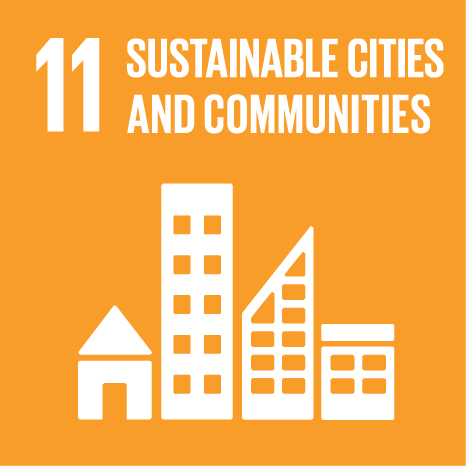Ciência_Iscte
Publications
Publication Detailed Description
Border cities as mitigtors of covidfencing?
Journal/Book/Other Title
5th Nordic Challenges Conference
Year (definitive publication)
2022
Language
English
Country
Sweden
More Information
Web of Science®
This publication is not indexed in Web of Science®
Scopus
This publication is not indexed in Scopus
Google Scholar
This publication is not indexed in Google Scholar
This publication is not indexed in Overton
Abstract
The beginning of 2020 saw the global spreading of the COVID-19 pandemic, leading to a systematic closure of national borders across the world, here coined as ‘covidfencing’. As expected, in Europe, where close to two million commuters cross national borders on a daily basis to work, this new reality has provoked significant setbacks to their lives. Based on evidence already available from several sources, this text discusses the potential role of cross-border entities and, in particular, border cities, also known as Eurocities to mitigate the covidfencing effects, in the current and future pandemic scenarios in Europe and, in particular, in the Nordic and Baltic territories. Moreover, globalisation challenges and the importance of border cities for better coordination of local and regional approaches for future resilience and capacity building processes, as well as the role of cities in the polycentric and place-based approaches to cross-border planning, will be debated. Crucially, borders areas commonly exhibit low levels of urbanization. Even so, in past decades, a common trend in Europe has seen a surge of the elaboration of common development strategies between cities located on different sides of the border. So how can border cities contribute to mitigate potential covidfencing processes? It would depend on their institutional capacity to implementing cross-border plans and to solidify cross-border governance processes. Is that the current scenario in Nordic and Baltic border areas, in which long-term cross-border governance agreements tend to crystalize in implementing strategies and become mainly public funding absorbing vehicles? And what has been the role on Eurocities formation in the Nordic and Baltic cross-border territories over the past decades? Indeed, current literature on border cities acknowledges their crucial role in materialising political, institutional, socioeconomic and sociocultural added-value to the development of border regions, often associated with the implementation of cross-border cooperation processes. Hence, border cities have a particular important role in developing the surrounding cross-border areas. Border cities have the potential to attract innovation and knowledge via academic institutions and innovative companies, thus stimulating economic competitiveness and innovation processes. Moreover, social cohesion can benefit from the sharing of cross-border public services and increase their efficiency and quality. As the experience of the pandemic has shown, European regions are no isolated entities with connections serving important socio-economic and societal functions across national borders. Therefore, it is important to understand their actual potential for future cohesion and resilience building in view of upcoming transregional challenges.
Acknowledgements
--
Keywords
Border cities,Covidfencing,Eurocities,Cross-border cooperation
Fields of Science and Technology Classification
- Social and Economic Geography - Social Sciences
Contributions to the Sustainable Development Goals of the United Nations
With the objective to increase the research activity directed towards the achievement of the United Nations 2030 Sustainable Development Goals, the possibility of associating scientific publications with the Sustainable Development Goals is now available in Ciência_Iscte. These are the Sustainable Development Goals identified by the author(s) for this publication. For more detailed information on the Sustainable Development Goals, click here.

 Português
Português


